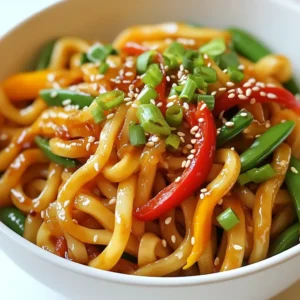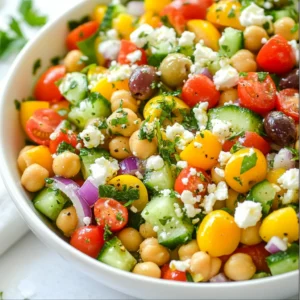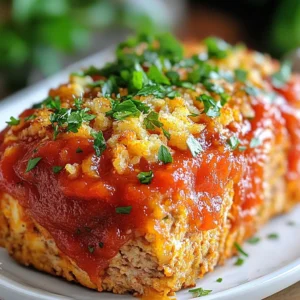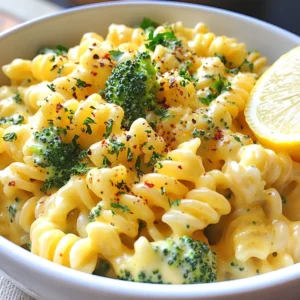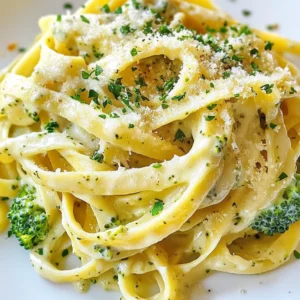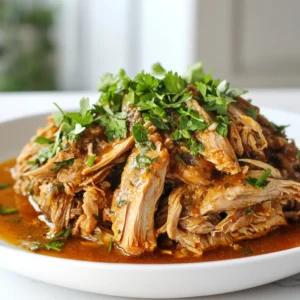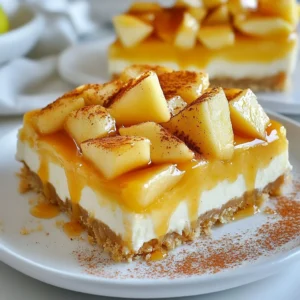- Baked Pumpkin Fritter Bites Simple and Tasty Recipe
- Creamy One-Pot Broccoli Cheddar Gnocchi Delight
- Savory BLT Grilled Cheese Simple Comfort Recipe
- Vodka-Free Pasta Rosa Flavorful Comfort Dish
- Slow Cooker Beef Ragu Flavorful and Easy Meal
- Buffalo Chicken Sliders Flavorful Party Treat
- Sheet Pan Balsamic Chicken Flavorful and Easy Meal
- Cinnamon Roll French Toast Rolls Soft and Tasty Treat
- Keto Stuffed Bell Peppers Tasty and Simple Recipe
- Hearty Beef Orzo in Tomato Cream Sauce Recipe
- Mediterranean Quesadillas Flavorful and Easy Recipe
- Pioneer Woman Beef Barley Copycat Savory Delight
- Spinach Mushroom Chicken Bake Flavorful Comfort Meal
- Pasta Salad with Italian Dressing Simple and Delicious
- Sticky Garlic Chicken Noodles Tasty One-Pan Recipe
- Chocolate Chip Banana Bread Simple and Tasty Recipe
- Chinese Beef and Broccoli Flavorful Dinner Idea
- Crispy Bang Bang Chicken Bowl Flavorful Dinner Recipe
- Sausage and Broccoli Skillet Hearty Flavorful Meal
- Keto Stuffed Bell Peppers Fresh and Flavorful Recipe
- Garlic Butter Chicken and Potatoes Skillet Delight
- Protein-Packed Lasagna Soup Delicious and Hearty Meal
- Cheesy Loaded Meatloaf Casserole Easy Dinner Delight
- Nashville Hot Mozzarella Sticks Crispy and Flavorful
- High Protein Creamy Beef Pasta Recipe for Dinner
- Easy Stuffed Bell Peppers Quick and Flavorful Recipe
- Zucchini Brownies Delightful and Healthy Dessert Option
- Instant Pot Beef Stew Cozy Style Comforting Recipe
- Pumpkin Cheesecake Delight Simple and Tasty Recipe
- Chili Garlic Udon Flavorful and Easy Stir-Fry Recipe
- Classic Pumpkin Muffins Tasty and Simple Delight
- Pesto Mozzarella Stuffed Chicken Breasts Delightful Meal
- Savory Mediterranean Chickpea Salad Fresh and Tasty
- Garlic Parmesan Chicken Meatloaf Flavorful Delight
- Broccoli Cheese Pasta Creamy and Comforting Delight
- Creamy Broccoli Pasta Simple and Tasty Delight
- Ingredient Nutella Mug Cake Tasty and Quick Treat
- Shredded Chicken with Gravy Simple and Tasty Meal
- Best Chicken Stir Fry Flavorful and Quick Dinner Guide
- Starbucks Copycat Egg Bites Tasty and Easy Recipe
- Creamy Spinach Garlic Chicken Flavorful Dinner Idea
- Caramel Apple Cheesecake Bars Delectable Dessert Recipe




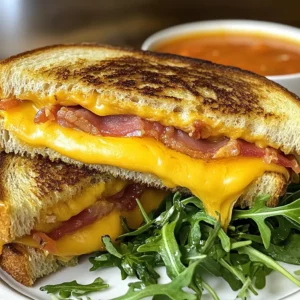



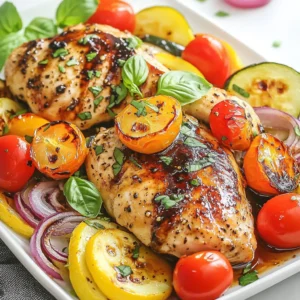




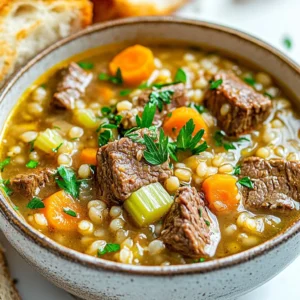
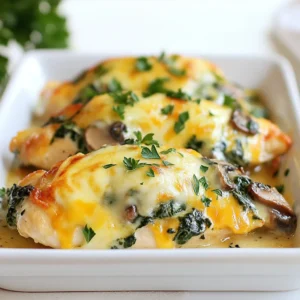
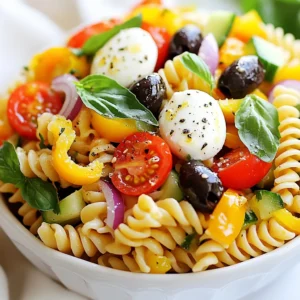

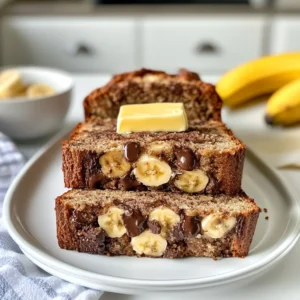
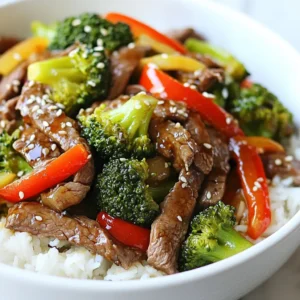









![To make delicious zucchini brownies, you need some key items: - 1 cup grated zucchini - 1/2 cup all-purpose flour - 1/2 cup unsweetened cocoa powder These main ingredients give your brownies a rich chocolate flavor and a soft texture. The grated zucchini adds moisture without changing the taste much. For sweetness and richness, gather these: - 1/2 cup granulated sugar - 1/4 cup brown sugar, packed - 1/3 cup vegetable oil Granulated sugar makes the brownies sweet. Brown sugar adds a nice hint of caramel flavor. Vegetable oil keeps them moist and tender. You can make your brownies even better with: - 1/2 cup chocolate chips (optional) - 1/4 cup chopped walnuts (optional) Chocolate chips give an extra chocolate burst. Chopped walnuts add a nice crunch and flavor. You can mix and match these add-ins to your taste. Check out the Full Recipe for all the steps to make these yummy brownies! 1. Preheating the oven Set your oven to 350°F (175°C). This helps the brownies bake evenly. 2. Preparing the baking pan Line an 8x8 inch baking pan with parchment paper. Leave some paper hanging over the sides. This will help you lift the brownies out later. 1. Combining zucchini and sugars In a medium bowl, mix 1 cup of grated zucchini with both sugars. Use 1/2 cup of granulated sugar and 1/4 cup of brown sugar. Stir until well blended. Let this sit for about 5 minutes. This step lets the zucchini release moisture. 2. Whisking dry ingredients In another bowl, whisk together 1/2 cup of all-purpose flour, 1/2 cup of cocoa powder, 1/2 teaspoon of baking powder, 1/4 teaspoon of baking soda, and 1/4 teaspoon of salt. Make sure everything is mixed well. 1. Incorporating wet and dry mixtures Add 1/3 cup of vegetable oil, 1 teaspoon of vanilla extract, and 1 large egg to the zucchini mix. Stir until smooth. Gradually add the dry mix to this wet mix. Stir gently until just combined. Avoid overmixing to keep the brownies soft. 2. Baking time and guiding tips Pour the brownie batter into the prepared pan. Spread it evenly. Bake for 25-30 minutes. A toothpick inserted in the center should come out with a few moist crumbs. After baking, let the brownies cool in the pan for 10 minutes. Lift them out using the parchment paper. Transfer to a wire rack to cool completely before cutting into squares. Enjoy your rich and fudgy zucchini brownies! For the full recipe, see above. - Avoiding overmixing: When you mix your batter, do it gently. Overmixing can make your brownies tough. Stir just until you see no dry flour. This keeps them soft and chewy. - Ensuring moisture balance: Zucchini adds moisture to your brownies. Use the right amount. If you add too much, your brownies can be too wet. Keep an eye on the texture as you mix. - How to grate zucchini properly: Use a box grater or food processor. Grate the zucchini until it’s fine. This helps it blend well into the batter. - Dealing with excess moisture: Zucchini can hold a lot of water. After grating, place it in a clean towel. Squeeze out the extra moisture. This prevents your brownies from being soggy. - Recommended spices: Adding spices can boost flavor. Try a pinch of cinnamon or a dash of nutmeg. These spices bring out the chocolate taste. - Serving suggestions: Serve your brownies warm. A scoop of vanilla ice cream on top makes it a treat. You can also dust with powdered sugar for a nice look. For the full recipe, check out the Chocolate Zucchini Bliss Brownies. Enjoy these tips to make your brownies delightful! {{image_2}} To make vegan zucchini brownies, you need to replace the egg and oil. Use flaxseed meal or applesauce as an egg substitute. A common ratio is 1 tablespoon of flaxseed meal mixed with 2.5 tablespoons of water to replace one egg. For oil, use unsweetened applesauce or a plant-based oil like coconut oil. This keeps the brownies moist and tasty. You may need to adjust the sweetness. Applesauce can add more sugar, so taste the batter before baking. If you think it needs more sweetness, add a little maple syrup or agave. This ensures your brownies remain flavorful and moist. For gluten-free zucchini brownies, swap regular flour for gluten-free flour blends. Almond flour or oat flour also works well. These flours add unique flavors and textures. Honeyville or Bob’s Red Mill offer great gluten-free options. Be cautious about cross-contamination. Always check labels to ensure your flour is certified gluten-free. If you use nuts, ensure they are also gluten-free. This way, everyone can enjoy the brownies without worry. If you want low-carb zucchini brownies, use sugar substitutes like erythritol or stevia. These sweeteners can cut down on carbs while keeping sweetness. Adjust the amount based on your taste; each sweetener has a different level of sweetness. Baking time may also change. Low-carb ingredients can bake faster, so check for doneness a few minutes early. Use a toothpick to test them. The toothpick should come out with a few moist crumbs for the best texture. For all these variations, be sure to follow the [Full Recipe] for a great base. Enjoy your baking adventure! You can store your zucchini brownies in the pantry or the refrigerator. If you keep them in the pantry, use an airtight container. This helps keep them fresh. If you prefer, you can refrigerate them to extend their life. Just remember to wrap them well to avoid drying out. To keep your brownies fresh, try these tips: - Place parchment paper between layers if stacking. - Avoid exposing them to light or heat. - For extra moisture, add a slice of bread in the container. Freezing your zucchini brownies is easy! First, let them cool completely. After that, cut them into squares. Wrap each square tightly in plastic wrap. Then, place them in a freezer bag. This keeps them from getting freezer burn. When you're ready to eat them, thaw the brownies. Leave them in the fridge overnight or let them sit at room temperature for a few hours. They will taste fresh again! Zucchini brownies last about 4 to 5 days in the pantry. In the fridge, they can last up to a week. If you freeze them, they can last about three months. Watch for signs of spoilage. If you see mold or if they smell off, toss them out. Always trust your senses! Enjoy your brownies at their best. For the full recipe, check out the delicious Chocolate Zucchini Bliss Brownies! Yes, you can use frozen zucchini. First, thaw it in the fridge overnight. After thawing, drain any excess water. This step helps keep your brownies from being too wet. If you skip this, your brownies may turn out soggy. You can then grate the zucchini as you would with fresh zucchini. This method still gives you that moist texture in your brownies. To make your brownies fudgier, use less flour. Try reducing the flour by a couple of tablespoons. You can also add more chocolate chips. This boosts the chocolate flavor and adds to the fudginess. Another tip is to bake them for a shorter time. Start checking at 20 minutes to avoid overbaking. This keeps the center soft and gooey. Yes, zucchini brownies are healthy! Zucchini adds moisture without many calories. It is low in fat and high in fiber. This helps you feel full and satisfied. Plus, you get vitamins A and C from zucchini. Using less sugar and whole grain flour can make them even healthier. This way, you can enjoy a sweet treat without the guilt. Try my Full Recipe for a delicious twist on dessert! Zucchini brownies blend health and taste. We covered key ingredients, steps, and tips. You can customize the recipe with add-ins or variations for different diets. Storing them well keeps your brownies fresh longer. In the end, zucchini brownies are a great way to enjoy dessert while sneaking in veggies. Try making them soon, and enjoy the rich flavor without guilt. You'll love how easy they are!](https://mysavedrecipe.com/wp-content/uploads/2025/06/fcff9a23-bc7e-482b-b32d-f82c77510bc4-300x300.webp)


